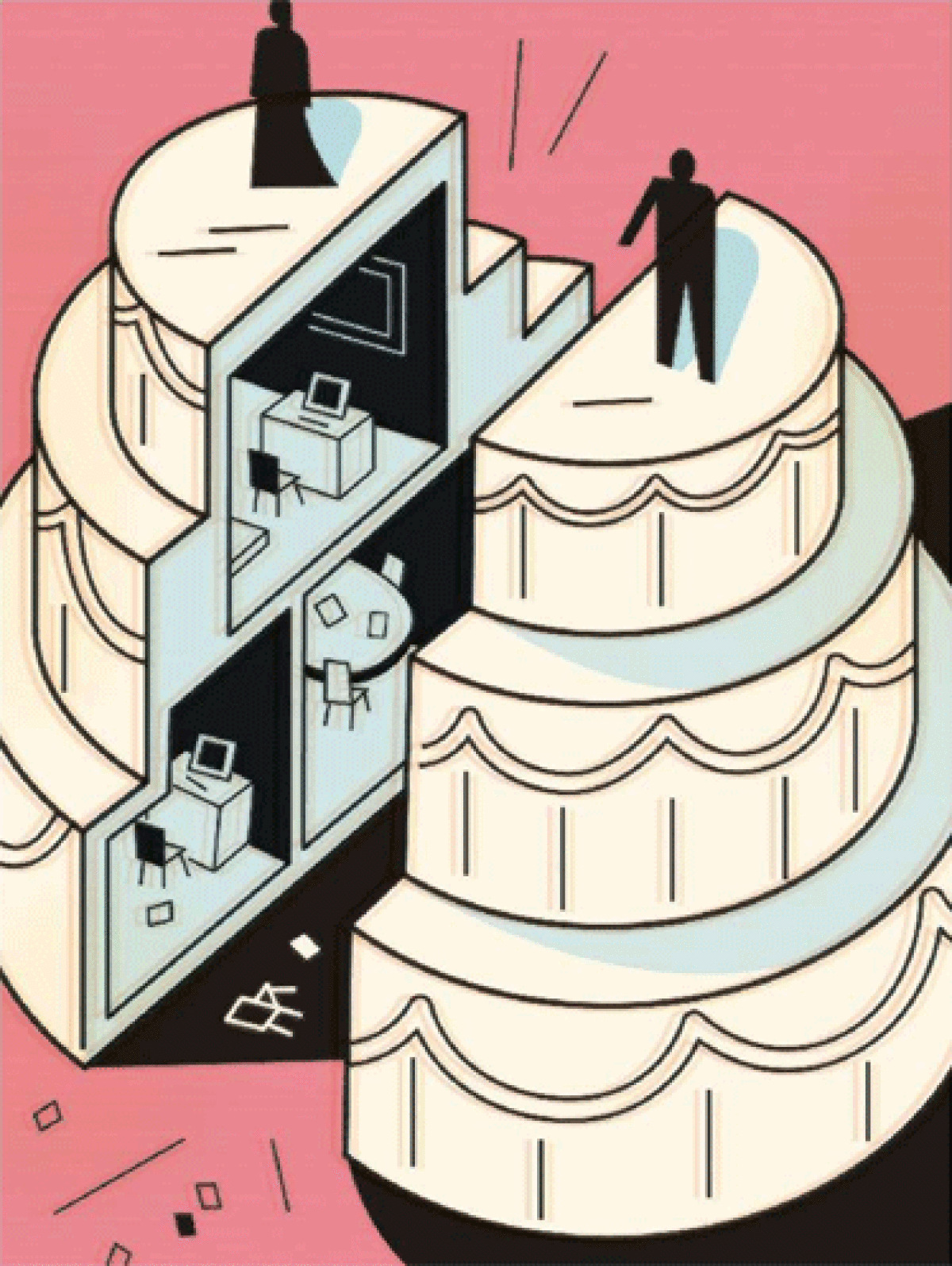A ‘gray divorce’ boom

- Share via
Until recently, it would have been fair to say that older people simply did not get divorced. Fewer than 10% of those who got divorced in 1990 were ages 50 or older. Today, 1 in 4 people getting divorced is in this age group.
It turns out that those high-profile breakups of Tipper and Al Gore, and Maria Shriver and Arnold Schwarzenegger, were part of a trend. Baby boomers, who drove the huge increase in divorce that began during the 1970s and persisted through the early 1980s, are at it again. Just as they have transformed other arenas of U.S. social life, boomers are now reshaping the contours of divorce.
The rise in “gray divorce” is a product of dramatic changes in the meaning of marriage in America over the last half-century. Today, we live in an era of individualized marriage, in which those who wed have high expectations for marital success. Americans expect marriage to provide them not simply with stability and security but also with self-fulfillment and personal satisfaction. Roles are flexible; the traditional breadwinner-homemaker model is no longer the status quo. Good spouses engage in open communication and are best friends. This is a high bar for many to achieve, let alone maintain over decades while juggling work and child-rearing.
If a marriage is not achieving these goals, then divorce is an acceptable solution, according to most Americans. As Ann Landers famously advised those considering divorce, simply answer the question, “Are you better off with or without your spouse?”
For many boomers, the question is a familiar one because they have already gotten divorced, picked up the pieces and moved on. Boomers are more likely than previous generations to have experienced divorce and remarriage. And those remarriages, it turns out, are at greater risk of ending in divorce. In part, that’s because these marriages tend to be more fragile due to the relationship challenges associated with forming a stepfamily. Remarriages are also less stable because they involve individuals who have demonstrated their willingness to get divorced in the event of an unsatisfactory marriage. A study I conducted with I-Fen Lin found that the divorce rate among married couples ages 50 and older was 2 1/2 times higher for those in remarriages than in first marriages.
The more complex marital biographies of many boomers thus have enduring consequences, potentially placing them at heightened risk of a later-life divorce. Another factor in the growing rate of late-life divorces includes an increased tendency of couples to reassess their unions at life turning points, such as an empty nest or retirement. Lengthening life expectancies can play a role too. Men and women who are 65 can expect to live 20 more years, a long time to spend with someone you may not like so much anymore.
The consequences of this gray divorce revolution are largely unknown. Because relatively few older adults divorced in the past, there is little research on the implications of later-life divorce for the well-being of individuals, their families and society at large.
Still, there are some things we can infer. When couples divorce in later life, there are fewer years ahead of them than behind, meaning that individuals have limited opportunities to make up for the financial losses often associated with divorce. Some will have to stay in jobs longer than they would have had they not divorced, or will try to reenter the labor force late in life. Those unable to prolong employment may find themselves in unexpectedly straitened circumstances. For economically secure older adults in good health, a divorce may have minimal negative consequences and actually can be freeing and empowering, at least for the initiator of the divorce. But for less-advantaged older adults, a late-in-life divorce can be devastating.
Whether those who divorce later in life will try their luck again in the marriage market is unclear. Many will undoubtedly remain single, or pursue unmarried, cohabiting relationships that require less commitment and allow them to avoid the legal entanglements of marriage. One in three baby boomers is currently single, and these boomers are more vulnerable both economically and socially compared with married boomers. They are also in poorer health, raising questions about who will care for them as they transition into old age.
The Beatles, the icon of boomers around the globe, were prescient when they sang, “Will you still need me, will you still feed me, when I’m 64?” Increasingly, the answer is no, as more boomers are calling it quits, choosing to navigate midlife and old age alone.
Susan L. Brown is a professor of sociology and co-director of the National Center for Family and Marriage Research at Bowling Green State University.
More to Read
A cure for the common opinion
Get thought-provoking perspectives with our weekly newsletter.
You may occasionally receive promotional content from the Los Angeles Times.









